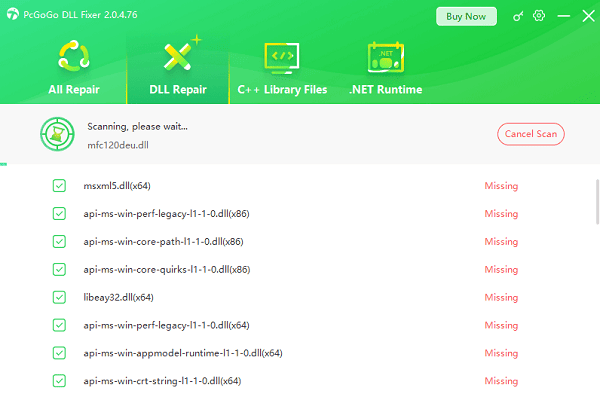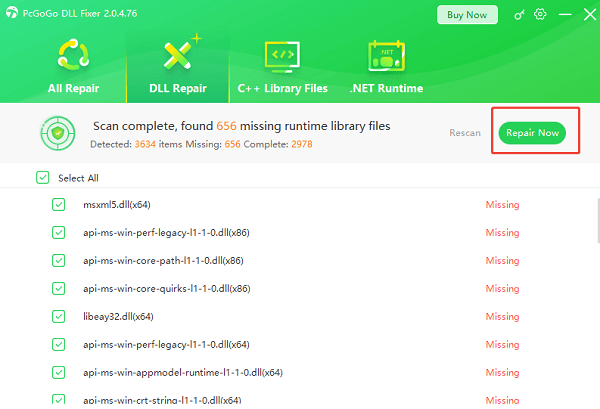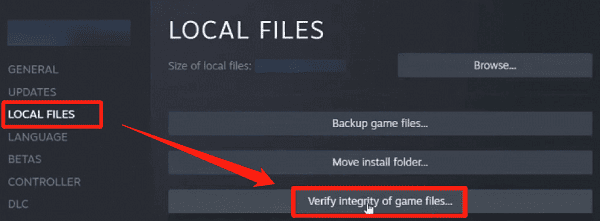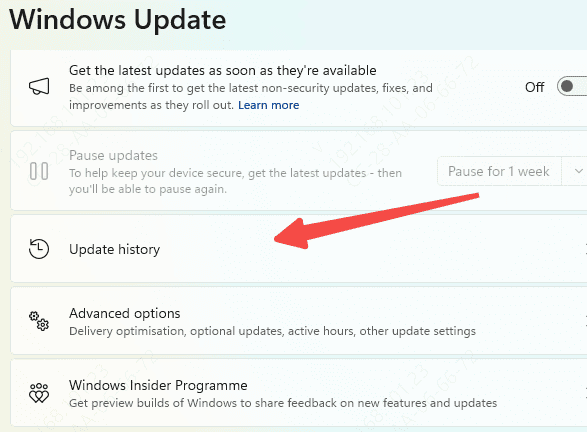
If you see the "d3dx9_43.dll not found" or "d3dx9_43.dll is missing" error when trying to launch a game or application, you're not alone. This issue commonly appears on Windows when games require older DirectX 9 components that are not included by default in modern systems like Windows 10 or Windows 11. In most cases, a missing or corrupted DirectX file is the root cause. This guide explains every reliable solution to restore the d3dx9_43.dll file and fix the error safely.
What Causes the d3dx9_43.dll Error?
The d3dx9_43.dll file is part of the Microsoft DirectX 9 runtime, used by many older games and graphics applications. You may encounter this error due to: Missing DirectX 9 components, Corrupted or deleted DLL files, Faulty game or software installation, Outdated graphics drivers, System file corruption. Since Windows 10/11 no longer installs DirectX 9 by default, this error is common when launching classic games.
Method 1: Repair the d3dx9_43.dll File Automatically
If the error persists even after installing the required DirectX components, your system may have corrupted DLL entries or damaged registry configurations. A dedicated repair utility like PcGoGo DLL Fixer can automatically detect and restore broken DLL files—including d3dx9_43.dll—and repair related system issues.
Download and Install PcGoGo DLL Fixer
Click the Download button to get the installer
Run the setup file and follow the on-screen instructions to complete the installation
Run a Full System Scan
Click Click to Scan
The tool will scan for missing, corrupted, or incorrectly registered DLL files

Repair
Once the scan is finished, locate d3dx9_43.dll in the results
Click Repair Now
PcGoGo will automatically download the correct version and place it in the proper system directory

Restart Your PC
Reboot your computer to apply the repairs
Launch your game or application again to confirm that the error is resolved
This method is helpful when DirectX installation alone isn't enough due to deeper system corruption or unstable DLL registrations.
Method 2: Install the DirectX End-User Runtime
This is also a reliable and safe fix. The DirectX End-User Runtime installs all DirectX 9 files required by games—including d3dx9_43.dll.
Go to the official Microsoft DirectX End-User Runtime download page
Download and run the installer
Follow the on-screen instructions
Restart your PC after installation
This installer restores all missing DirectX 9 files and is the officially supported fix. It also prevents future DLL errors.

Method 3: Verify Game Files (Steam)
If the error appears when running a game, some files may not have installed correctly.
Right-click the game → Properties
Go to Installed Files
Click Verify integrity of game files
This process restores missing DirectX files included in the game installer.

Method 4: Reinstall the Game or Software
If verification doesn't help, reinstalling the application may restore the missing DLL.
Uninstall the problematic game/app
Restart your PC
Install it again
Launch it to check if the error is gone
Method 5: Use SFC and DISM to Repair System Files
System file corruption may trigger the DLL error.
Run System File Checker
Open Command Prompt as Administrator
Type:
sfc /scannow
Wait for the scan to finish
Restart your PC
Run DISM if needed
If SFC finds errors it cannot fix, run:
DISM /Online /Cleanup-Image /RestoreHealth
This will repair deeper system issues.

Method 6: Uninstall Recent Windows Updates (If Issue Started Recently)
Some Windows updates may interfere with DirectX components.
Open Settings → Windows Update
Click Update history
Select Uninstall updates
Remove the update installed before the error began
Restart your PC and test your game again

Conclusion
The "d3dx9_43.dll not found" or "d3dx9_43.dll is missing" error is almost always linked to missing or corrupted DirectX 9 components, which many older games still rely on. Fortunately, this issue is entirely fixable. Installing the DirectX End-User Runtime typically resolves the problem, and tools like PcGoGo DLL Fixer can repair corrupted DLL entries when deeper system issues are involved. Verifying game files, reinstalling the software, or running SFC/DISM can also help restore system stability. By following the methods in this guide, you should be able to restore the missing DLL file and get your game or application running smoothly again. If one fix doesn't work, simply try the next—you'll almost always find a solution.